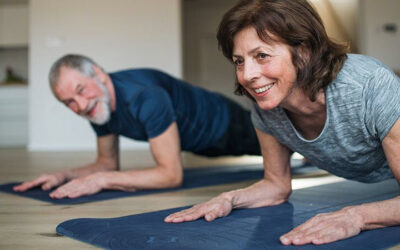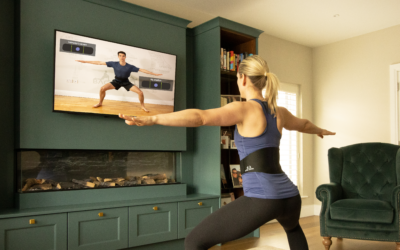A large producer of work desks and stations have reported that 86% of those working at desks have to sit all day, only getting up to get food! Furthermore, in addition to sitting at work and commuting, 36% of these sit for an additional hour or two watching TV and 10% sit for an hour for gaming, 25% sit one to two hours for reading/being on our phones, and 29% use their home computer for one to two hours. In summary, the average Irish person sits for 9.5 hours a day and sleep for eight hours. That’s a total of 17.5 hours a day off their feet!
The producer’s survey also noted 93% of those desk workers surveyed have never heard of “Sitting Disease”. They guess it was related to sitting leading to early death. “Sitting Disease” represents the ill-effects of an overly sedentary lifestyle and includes conditions like “metabolic syndrome” (obesity and diabetes), which is rapidly becoming more prevalent, especially in the young – even in adolescence and teenagers! To combat negative risks with sitting including increased diabetes, cancer, obesity and Cardiovascular disease the American Medical Association (AMA) adopted a policy encouraging people at work to sit less and stand more. Not only does it help with these illnesses mentioned but also improves posture, muscle tone, can improve blood flow and increases metabolism. The great thing is it’s both simple and easy to do! Just stand up more during the day. For every hour sitting aim to stand for at least one minute.
So, what about the low back and sitting? You guessed it – sitting is hard on the back! The pressure inside of our disks, those “shock absorbers” that lie between the bones (vertebra) in our spine (22 disks in total) is higher when we sit compared with simply standing or lying down. It’s estimated that when we lie down, the pressure on our disks is the lowest at 25mm. When lying on one side, it increases to 75mm, standing increases disk pressure to 100mm, and bending over from standing pushes disk pressure to 220mm. When we sit with good posture, our disk pressure may reach 140mm but that can increase to 190mm with poor posture. To help relieve the pressure on our disks, experts recommend: 1) Getting up periodically and standing; 2) Sitting back in your chair and avoiding slouched positions; 3) Placing a lumbar roll (about the size of your forearm) behind the low back and chair/car seat; and 4) Changing your position frequently when sitting.
Because certain low back conditions “favour” one position over another, these “rules” may need modification. For example, most sciatica patients prefer low back extension while bending over or slouching hurts. In those with lumbar sprain/strains, bending forwards usually feels good and extension hurts. Modifying your position to the one that is most comfortable is perhaps the best advice. For back pain and sciatica suffers I have made a free tips report. Get my book to get more tips like this just go to the bottom of the page and put in your email.










